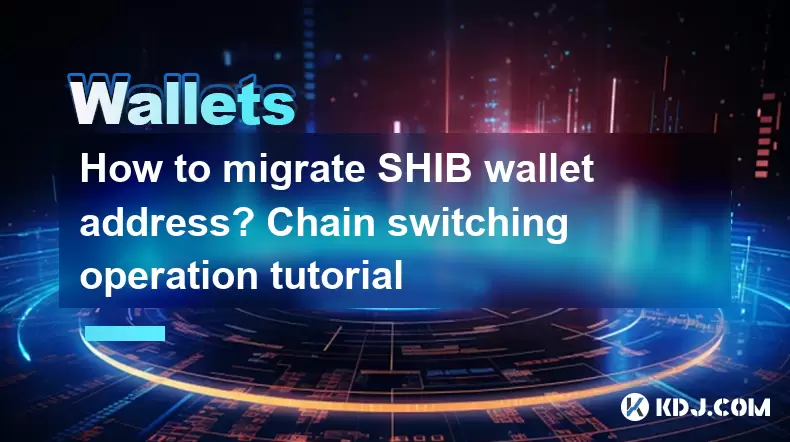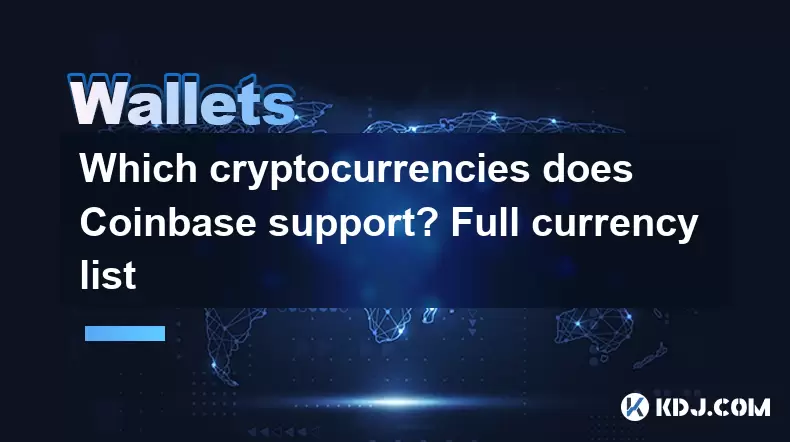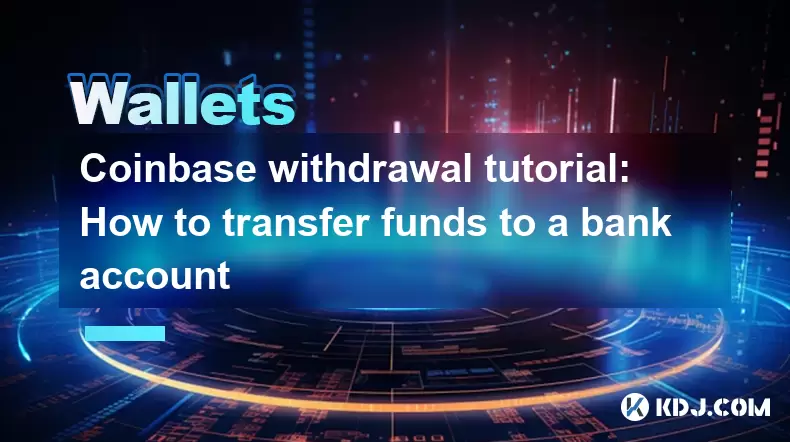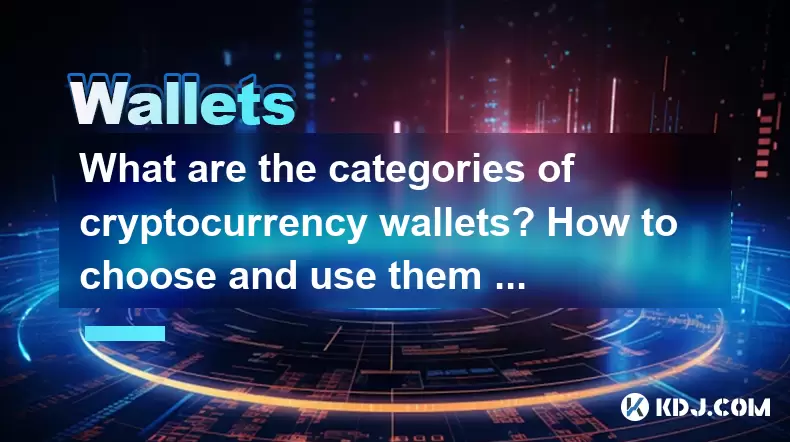-
 Bitcoin
Bitcoin $107,352.1067
0.28% -
 Ethereum
Ethereum $2,429.3531
-0.90% -
 Tether USDt
Tether USDt $1.0001
-0.02% -
 XRP
XRP $2.1894
4.62% -
 BNB
BNB $646.7968
0.36% -
 Solana
Solana $147.4290
4.03% -
 USDC
USDC $0.9998
-0.02% -
 TRON
TRON $0.2756
1.52% -
 Dogecoin
Dogecoin $0.1630
1.14% -
 Cardano
Cardano $0.5612
1.18% -
 Hyperliquid
Hyperliquid $37.0580
-0.05% -
 Bitcoin Cash
Bitcoin Cash $496.9410
-0.09% -
 Sui
Sui $2.7318
3.19% -
 Chainlink
Chainlink $13.1503
0.58% -
 UNUS SED LEO
UNUS SED LEO $9.0766
0.55% -
 Avalanche
Avalanche $17.7220
1.46% -
 Stellar
Stellar $0.2380
1.52% -
 Toncoin
Toncoin $2.8439
0.38% -
 Shiba Inu
Shiba Inu $0.0...01143
1.84% -
 Litecoin
Litecoin $85.8053
1.47% -
 Hedera
Hedera $0.1483
2.70% -
 Monero
Monero $314.3240
2.12% -
 Bitget Token
Bitget Token $4.6725
0.77% -
 Dai
Dai $1.0000
0.00% -
 Polkadot
Polkadot $3.3555
1.28% -
 Ethena USDe
Ethena USDe $1.0001
0.02% -
 Uniswap
Uniswap $7.0890
2.64% -
 Pi
Pi $0.5355
-3.40% -
 Pepe
Pepe $0.0...09393
1.06% -
 Aave
Aave $256.8136
-1.90%
How to migrate SHIB wallet address? Chain switching operation tutorial
Migrating your SHIB wallet and switching chains involves careful steps to secure your assets; ensure you have private keys and sufficient fees before proceeding.
May 14, 2025 at 07:35 am

Migrating your SHIB wallet address and performing a chain switching operation can be crucial for managing your cryptocurrency effectively. This process involves several steps that need to be followed carefully to ensure that your assets remain secure and accessible. In this tutorial, we will guide you through the process of migrating your SHIB wallet address and switching chains, ensuring you understand each step thoroughly.
Understanding SHIB Wallet Address Migration
SHIB, or Shiba Inu, is a popular cryptocurrency that operates on the Ethereum blockchain. When you decide to migrate your SHIB wallet address, you are essentially moving your tokens from one address to another. This can be necessary for various reasons, such as enhancing security, consolidating multiple addresses, or preparing for a chain switch.
Before you start the migration process, it's important to ensure that you have access to both the old and new wallet addresses. Additionally, you should have a backup of your private keys or seed phrases to prevent any loss of funds.
Preparing for SHIB Wallet Address Migration
To prepare for migrating your SHIB wallet address, you need to:
- Gather your private keys or seed phrases: Make sure you have these securely stored.
- Choose a new wallet address: Decide where you want to transfer your SHIB tokens. This could be a new address on the same platform or a different wallet service.
- Ensure sufficient transaction fees: Check that you have enough ETH to cover the gas fees for the transaction.
Once you have these elements in place, you can proceed with the migration process.
Steps to Migrate SHIB Wallet Address
Here are the detailed steps to migrate your SHIB wallet address:
- Open your current wallet: Access the wallet where your SHIB tokens are currently stored.
- Initiate a transfer: Navigate to the section where you can send tokens. Enter the new wallet address where you want to send your SHIB.
- Specify the amount: Decide how much SHIB you want to transfer. You can move all your tokens or just a portion.
- Confirm the transaction: Review the details of the transaction, including the recipient address and the amount. Confirm the transaction and pay the required gas fee.
- Monitor the transaction: Use a blockchain explorer to track the progress of your transaction until it is confirmed.
Once the transaction is complete, your SHIB tokens will be available in the new wallet address.
Understanding Chain Switching
Chain switching refers to the process of moving your assets from one blockchain to another. For SHIB, which is primarily on the Ethereum blockchain, you might want to switch to a different blockchain for various reasons, such as lower fees or faster transaction times.
Before you proceed with a chain switch, it's crucial to understand that not all blockchains support SHIB. Therefore, you need to ensure that the new blockchain you are switching to is compatible with SHIB.
Preparing for Chain Switching
To prepare for switching chains, you need to:
- Check compatibility: Verify that the new blockchain supports SHIB.
- Understand the bridge: Some chains require the use of a bridge to move assets between blockchains. Research and understand the specific bridge you will use.
- Ensure sufficient funds: Make sure you have enough funds to cover any fees associated with the chain switch.
With these preparations in place, you can move forward with the chain switching process.
Steps to Switch Chains for SHIB
Here are the detailed steps to switch chains for your SHIB tokens:
- Choose a bridge service: Select a reliable bridge service that supports the transfer of SHIB between the Ethereum blockchain and the new blockchain.
- Connect your wallet: Open the bridge service and connect your Ethereum wallet where your SHIB tokens are currently stored.
- Enter the amount: Specify the amount of SHIB you want to transfer to the new blockchain.
- Select the destination: Choose the new blockchain as the destination for your SHIB tokens.
- Confirm the transaction: Review the transaction details and confirm the transfer. Pay any required fees.
- Monitor the transaction: Use the bridge service's tracking tools to monitor the progress of your transaction until it is complete.
Once the transaction is complete, your SHIB tokens will be available on the new blockchain.
Verifying the Migration and Chain Switch
After completing the migration and chain switch, it's essential to verify that everything has been done correctly. Here are the steps to verify:
- Check the new wallet address: Ensure that the SHIB tokens have arrived at the new wallet address on the Ethereum blockchain.
- Check the new blockchain: If you switched chains, verify that the SHIB tokens are now available on the new blockchain.
- Test a small transaction: To ensure everything is working correctly, you can perform a small transaction to test the new setup.
By following these verification steps, you can be confident that your SHIB tokens have been successfully migrated and the chain switch has been completed.
Frequently Asked Questions
Q: Can I migrate my SHIB tokens to a hardware wallet?
A: Yes, you can migrate your SHIB tokens to a hardware wallet. The process involves sending your SHIB tokens to the address provided by your hardware wallet. Make sure to follow the manufacturer's instructions for setting up and using your hardware wallet.
Q: What should I do if I encounter an error during the migration or chain switch?
A: If you encounter an error, first check the transaction details on a blockchain explorer to see if there are any issues with the transaction. If the error persists, you may need to contact the support team of the wallet or bridge service you are using for assistance.
Q: Is it possible to reverse a SHIB wallet address migration or chain switch?
A: Once a transaction is confirmed on the blockchain, it cannot be reversed. Therefore, it's crucial to double-check all details before confirming any transaction. If you make a mistake, you may need to contact the recipient or use a recovery service if available.
Q: How long does a SHIB wallet address migration or chain switch typically take?
A: The duration can vary depending on the blockchain's congestion and the specific service you are using. Typically, a SHIB wallet address migration on the Ethereum blockchain can take anywhere from a few minutes to an hour. A chain switch using a bridge service can take longer, sometimes up to several hours or more, depending on the bridge's processing times.
Disclaimer:info@kdj.com
The information provided is not trading advice. kdj.com does not assume any responsibility for any investments made based on the information provided in this article. Cryptocurrencies are highly volatile and it is highly recommended that you invest with caution after thorough research!
If you believe that the content used on this website infringes your copyright, please contact us immediately (info@kdj.com) and we will delete it promptly.
- Crypto's First Principles: Are Returns Still Rooted in Fairness?
- 2025-06-28 22:30:12
- Kaspa (KAS) Price Prediction 2025: Will It Hit $1?
- 2025-06-28 22:50:12
- A16Z Dumps $COMP on Coinbase: Liquidation or Rebalancing?
- 2025-06-28 22:30:12
- KraneShares, Coinbase, and Digital Assets: A New Era for Institutional Crypto?
- 2025-06-28 23:07:14
- Bitcoin Solaris: Mobile Mining Revolution & Beyond!
- 2025-06-28 22:35:13
- Wormhole, Ripple, Risky Gaps: Navigating the Interoperability Landscape
- 2025-06-28 23:30:12
Related knowledge

How to stake cryptocurrencies on Coinbase? Benefits and risks
Jun 27,2025 at 06:36pm
Understanding Cryptocurrency Staking on CoinbaseStaking cryptocurrencies involves locking up digital assets to support the operations of a blockchain network, typically in return for rewards. Coinbase, one of the most popular cryptocurrency exchanges globally, offers staking services for several proof-of-stake (PoS) coins. Users can stake their holdings...

How to contact Coinbase customer service? Support channels and response times
Jun 28,2025 at 01:29pm
Contacting Coinbase Customer Service: Support Channels and Response TimesIf you're a user of Coinbase, reaching their customer service team may become necessary for various reasons, such as account verification issues, transaction disputes, or technical difficulties. Understanding the different support channels available and what to expect in terms of r...

Coinbase advanced trading function usage tutorial: limit orders and market orders
Jun 28,2025 at 09:07pm
Understanding the Difference Between Limit Orders and Market OrdersWhen using Coinbase's advanced trading features, it is crucial to understand the fundamental difference between limit orders and market orders. A market order executes immediately at the best available price on the market. This type of order ensures that your trade goes through quickly, ...

Which cryptocurrencies does Coinbase support? Full currency list
Jun 28,2025 at 08:36am
Overview of Cryptocurrencies Supported by CoinbaseCoinbase is one of the most popular and trusted cryptocurrency exchanges globally. It provides users with a platform to buy, sell, trade, and store various digital assets. As of the latest updates, Coinbase supports over 200 cryptocurrencies, including major ones like Bitcoin (BTC), Ethereum (ETH), and L...

Coinbase withdrawal tutorial: How to transfer funds to a bank account
Jun 28,2025 at 02:35am
Understanding Coinbase WithdrawalsCoinbase is one of the most widely used cryptocurrency platforms, allowing users to buy, sell, and store digital assets. Once you've successfully traded or held your crypto on Coinbase, the next logical step may be to withdraw funds to a bank account. This process involves converting your cryptocurrency into fiat curren...

What are the categories of cryptocurrency wallets? How to choose and use them safely?
Jun 21,2025 at 10:42pm
Understanding Cryptocurrency WalletsCryptocurrency wallets are essential tools for anyone involved in the digital asset ecosystem. They allow users to store, send, and receive cryptocurrencies securely. Unlike traditional wallets that hold physical money, crypto wallets manage cryptographic keys—private and public—which interact with blockchain networks...

How to stake cryptocurrencies on Coinbase? Benefits and risks
Jun 27,2025 at 06:36pm
Understanding Cryptocurrency Staking on CoinbaseStaking cryptocurrencies involves locking up digital assets to support the operations of a blockchain network, typically in return for rewards. Coinbase, one of the most popular cryptocurrency exchanges globally, offers staking services for several proof-of-stake (PoS) coins. Users can stake their holdings...

How to contact Coinbase customer service? Support channels and response times
Jun 28,2025 at 01:29pm
Contacting Coinbase Customer Service: Support Channels and Response TimesIf you're a user of Coinbase, reaching their customer service team may become necessary for various reasons, such as account verification issues, transaction disputes, or technical difficulties. Understanding the different support channels available and what to expect in terms of r...

Coinbase advanced trading function usage tutorial: limit orders and market orders
Jun 28,2025 at 09:07pm
Understanding the Difference Between Limit Orders and Market OrdersWhen using Coinbase's advanced trading features, it is crucial to understand the fundamental difference between limit orders and market orders. A market order executes immediately at the best available price on the market. This type of order ensures that your trade goes through quickly, ...

Which cryptocurrencies does Coinbase support? Full currency list
Jun 28,2025 at 08:36am
Overview of Cryptocurrencies Supported by CoinbaseCoinbase is one of the most popular and trusted cryptocurrency exchanges globally. It provides users with a platform to buy, sell, trade, and store various digital assets. As of the latest updates, Coinbase supports over 200 cryptocurrencies, including major ones like Bitcoin (BTC), Ethereum (ETH), and L...

Coinbase withdrawal tutorial: How to transfer funds to a bank account
Jun 28,2025 at 02:35am
Understanding Coinbase WithdrawalsCoinbase is one of the most widely used cryptocurrency platforms, allowing users to buy, sell, and store digital assets. Once you've successfully traded or held your crypto on Coinbase, the next logical step may be to withdraw funds to a bank account. This process involves converting your cryptocurrency into fiat curren...

What are the categories of cryptocurrency wallets? How to choose and use them safely?
Jun 21,2025 at 10:42pm
Understanding Cryptocurrency WalletsCryptocurrency wallets are essential tools for anyone involved in the digital asset ecosystem. They allow users to store, send, and receive cryptocurrencies securely. Unlike traditional wallets that hold physical money, crypto wallets manage cryptographic keys—private and public—which interact with blockchain networks...
See all articles
























































































